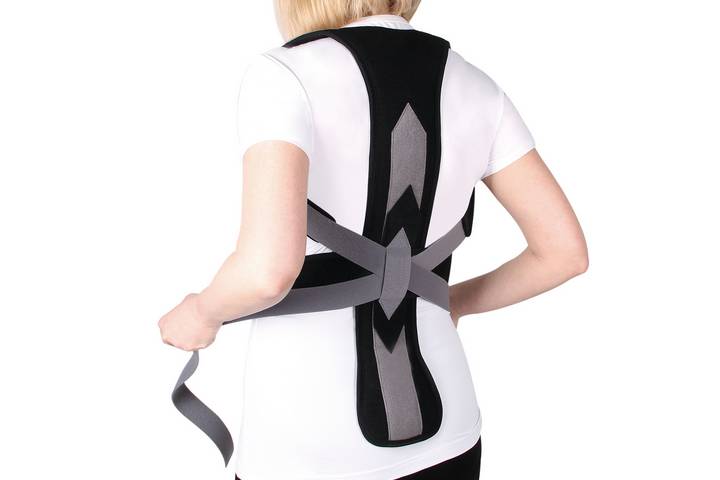The back is one of the most crucial and fragile parts of the human body, offering support to the rest of the body. Not that the other organs aren’t vital, but a deep injury to the back would result in significant changes in one’s life. Doctors administer various treatments and devices to correct some issues, like pain, before they worsen.
The brace is a common device known for managing back pain. The concept of a back brace reducing pain doesn’t mean the pain goes away as soon as the patient wears the device. It’s a gradual procedure achieved in conjunction with various medications and lifestyles.
A back brace helps to lower back pain by:
Supporting the Back
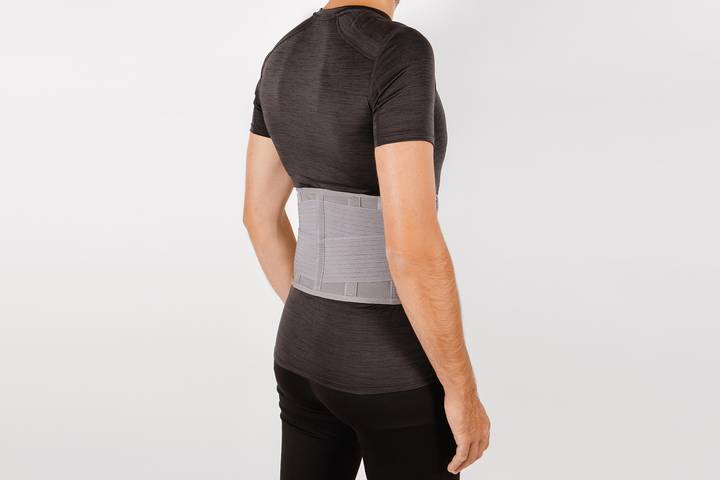
As highlighted earlier, the back is the main supporting organ for the human body. When it is in pain, it may not fully undertake this duty. That’s where additional devices like a brace come in to help. A back brace supports the back to meet its potential with less pain.
When properly fixed, it restricts involuntary and excessive movement that would cause pain and discomfort.
Reducing Pressure on the Spine
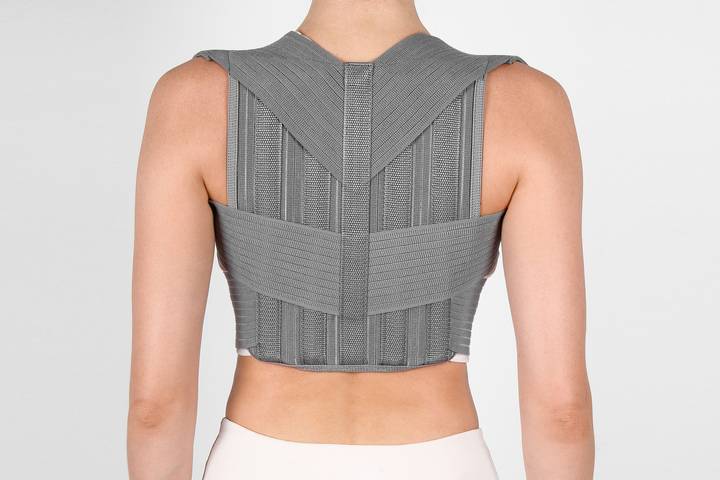
A back brace helps to reduce the pressure projected on the spine when the back is in pain. It bears some of the weight usually put on the lower back. Thus, the area will have less pain, considering the even weight distribution across the muscles, discs, and joints.
Promoting Upright Posture
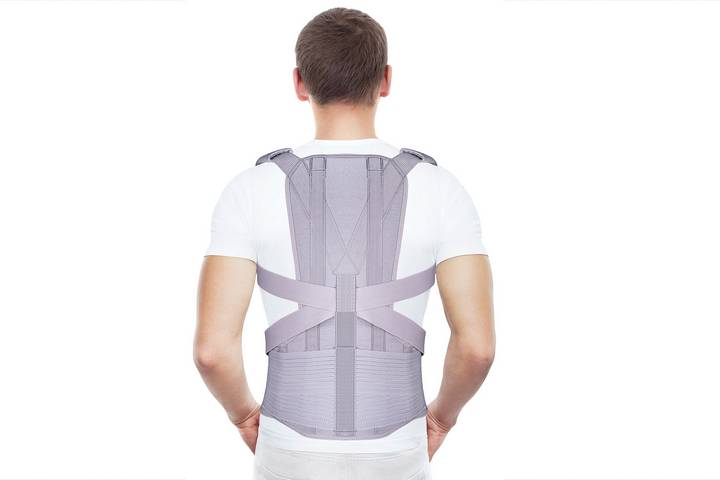
Sometimes, back pain could result from a poor walking or sitting posture. When you wear a brace, it gradually reduces the pain by returning the back to an upright position.
Doctors recommend this device even on early detection of a poor posture to prevent it from reaching intense pain levels. It has a long-term effect as it minimizes strain on spine muscles and related areas.
Preventing Further Injury
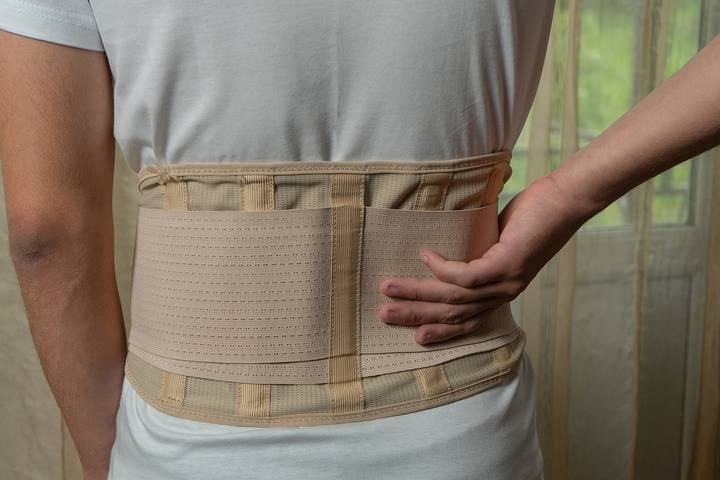
You will not reduce pain if you’re not preventing further injuries. A back brace helps to protect the patient from future injuries and complications arising from adequate spinal support.
For instance, without the device, you can easily fall and hurt your back, or there will be excessive pressure on the joints, resulting in more pain.
Selecting a Back Brace
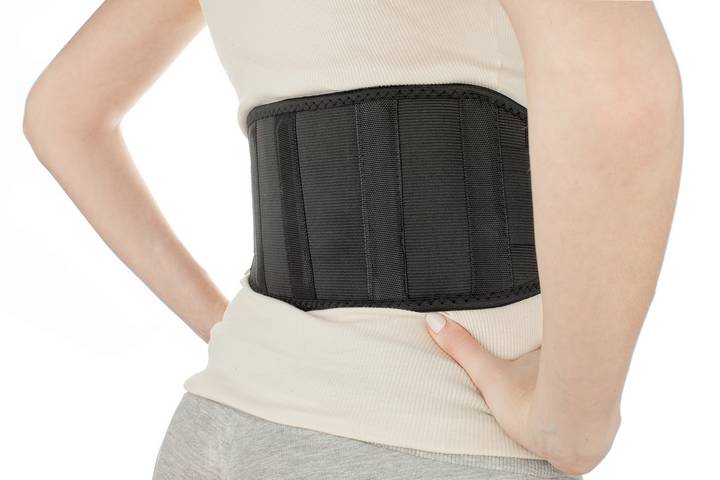
A back brace reduces pain can help healing and general body wellness. Choosing the right brace based on the condition you aim to work on also increases its effectiveness and comfort. You can always schedule a fitness session with a reputable center or professional for further assistance.
It would be best to consider various factors when choosing a back brace to ensure it works more effectively. They include:
Health Issue
When choosing a back brace to help lower back pain, the main factor to consider is the condition being treated. Since various braces address different pains, you must get checked by a Doctor to address the issue. After that, they will help you find the best brace for the unique issue.
Ease of Use
Ensure not to choose a brace that is quite complicated to use. Your preferred choice should be easy to wear and remove, especially if you must wear it for long periods. When purchasing, you can test whether you can put it on alone or with little assistance.
Quality
Quality should stay at the frontline when choosing a back brace. A high-quality brace is likely to last longer and serve you exceptionally. On the other hand, poor-quality ones wear out quickly, hence making them uneconomical. You can purchase from a trusted fitness center or supplier.
Adjustable features
Does your preferred brace come with some adjustable features? If not, this may not be the best option because a good brace should be adjustable to suit different needs. For instance, a non-adjustable brace may be too loose to be practical or excessively tight, causing further pain and discomfort.
Comfort and Fitness
A brace can be all that: adjustable, high quality, easy to use, and made for a specific condition. But does it feel comfortable and fit when you have it on? You should always consider comfort and fitness when purchasing because they determine your motivation to wear the brace.
Types of Back Braces
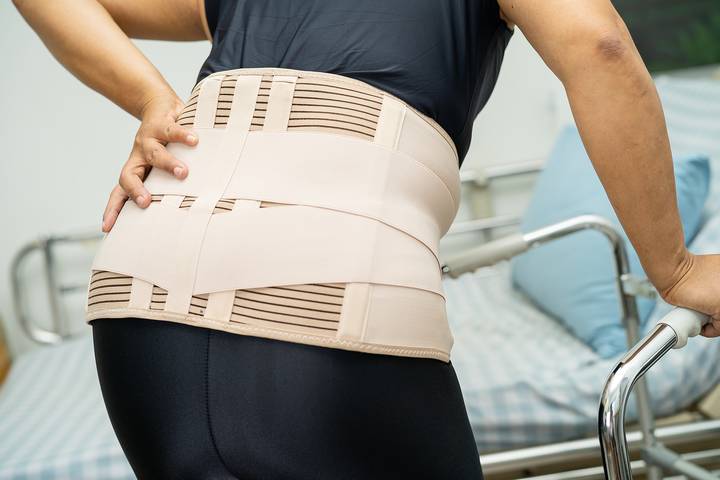
There are various types of back braces designed differently for unique needs. They include:
Rigid plastic
This type of brace is defined by its physical feature of a robust plastic element usually designed for people undergoing severe back issues like fractures or post-surgery.
Corset-like brace
As the name suggests, this brace mimics corsets and is popularly known for mild back issues. You wrap them around your waist like corsets for support and compression.
Sacroiliac brace
This type of brace manages pain related to sacroiliac joints potentially caused by dysfunction or inflammation.
Posture corrector
A posture corrector brace enhances one’s posture previously damaged by an accident, lifestyle, or personal habits. It works by aligning the spine and shoulders to achieve an upright position.
Other braces are lumbar roll, which acts as a cushion when sitting on an unstable chair or for long hours, and combined brace, a blend of rigid plastic and corset belts.


